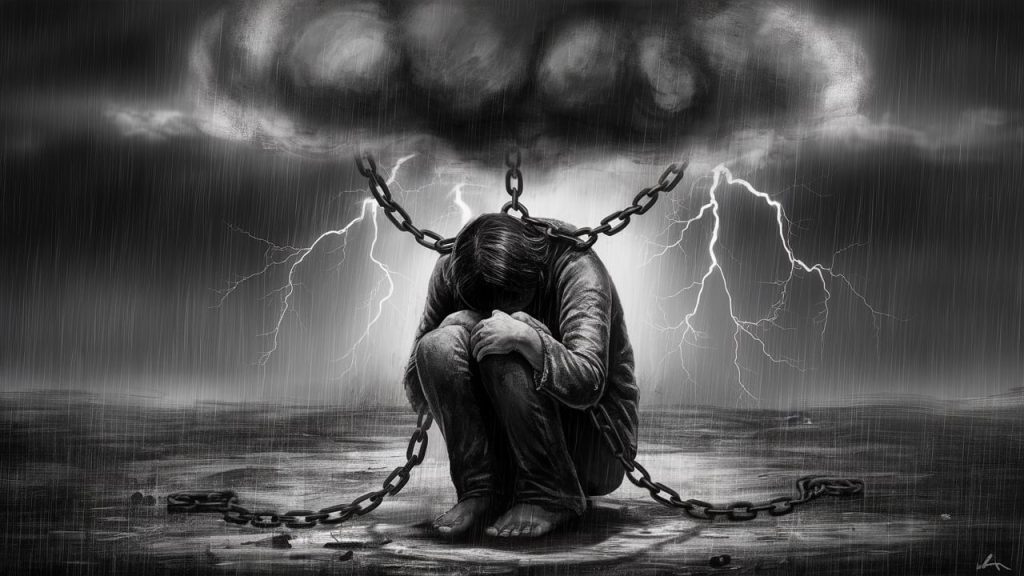Chernobyl Disaster The Untold Stories
The Chernobyl nuclear accident of April 26, 1986, is still one of the largest nuclear catastrophes in the history of humankind. Although the explosion and resulting release of radiation have been extensively researched, individual experiences of survivors are not commonly reported. The effects on human existence, families, and communities were immense, and numerous individuals who survived the tragedy still suffer from its aftermath.
The Night of the Explosion
At 1:23 AM, Reactor No. 4 at Ukraine’s Chernobyl Nuclear Power Plant in Pripyat ruptured during a scheduled safety check. The radiation release and resulting fire spread a radioactive cloud across Europe, releasing radioactive material that contaminated vast stretches of Ukraine, Belarus, and Russia. Plant workers and emergency responders, which included firefighters, were the initial people to come into contact with the lethal radiation without protection.
First Responders The Unsung Heroes
Perhaps the most tragic part of the Chernobyl explosion was the heroism of the first responders. Firefighters, having no idea of the intensity of the radiation, ran to put out the fire. Vasily Ignatenko, a first responder firefighter, received severe radiation burns and eventually died from radiation sickness. His widow, Lyudmila Ignatenko, later described in heartbreaking detail his agony in the hospital.

Evacuation of Pripyat A City Abandoned
Even with the huge release of radiation, Pripyat residents were not immediately notified of the explosion. It was only 36 hours after the explosion that a complete evacuation was initiated. Over 50,000 residents were informed that they would be departing temporarily. They were instructed to take only necessary items, not knowing they would never return.
Voices of the Evacuees
Numerous ex-residents of Pripyat remember the uncertainty and terror of the day. One ex-resident, Anatoly Sidorenko, explained how officials instructed them to take buses without explaining why. “We thought it was for a few days,” he said. “We left everything behind—our homes, our memories, our lives.”
Radiation Exposure The Silent Killer
The unseen and deadly radiation produced instant and delayed consequences. A lot of the survivors suffered from acute radiation sickness (ARS), cancers, and other serious ailments. The Chernobyl liquidators, who were deployed to seal the catastrophe, were exposed to extreme radiation.
Liquidators The Human Sacrifice
Around 600,000 liquidators were recruited to decontaminate the radioactive area. They laboured in high-radiation environments, frequently without protective gear. Most of them developed cancer, leukemia, and other radiation sicknesses.
Birth Defects and Genetic Implications
Years later, survivors’ children started showing signs of genetic mutation and disease. Research has connected Chernobyl radiation with a rise in birth defects, thyroid cancer, and immune deficiencies in exposed communities.
The Psychological Burden on Survivors
In addition to physical sickness, survivors also endured psychological trauma. The threat of radiation exposure, displacement from home, and uncertainty of the future resulted in a rise in cases of PTSD, depression, and anxiety among evacuees and liquidators.

Chernobyl Today A Haunting Reminder
Pripyat is a ghost town today. Although sections of the Chernobyl Exclusion Zone reopened to scientists and tourists, numerous places still radiate high levels of radiation. Several of its original residents, also called Samos Ely, ignored government rule and moved back in to continue occupying their derelict properties.
Lessons from the Tragedy
The Chernobyl disaster transformed the nuclear power industry. Tougher safety standards and improved reactor designs became the order of the day worldwide. Nonetheless, the catastrophe serves as a stark reminder of the potential dangers of nuclear power misuse.
Conclusion
The unseen stories of Chernobyl victims shed light on the human consequences of nuclear disasters. From bold firefighters to displaced families and hard-pressed liquidators, their experiences remind us of the enduring legacy of the accident. Education about what they endured guarantees that the mistakes of April 26, 1986, are never made again.
